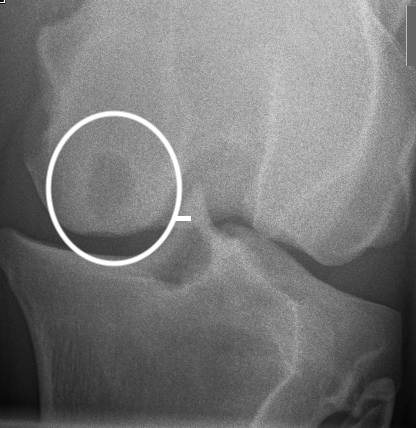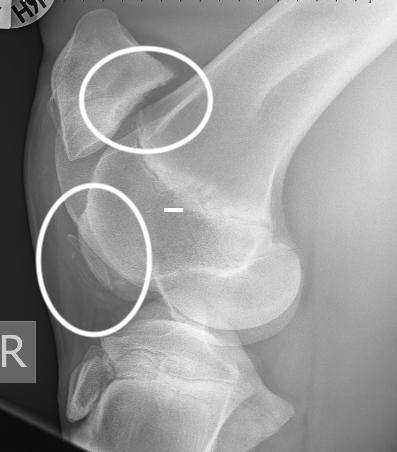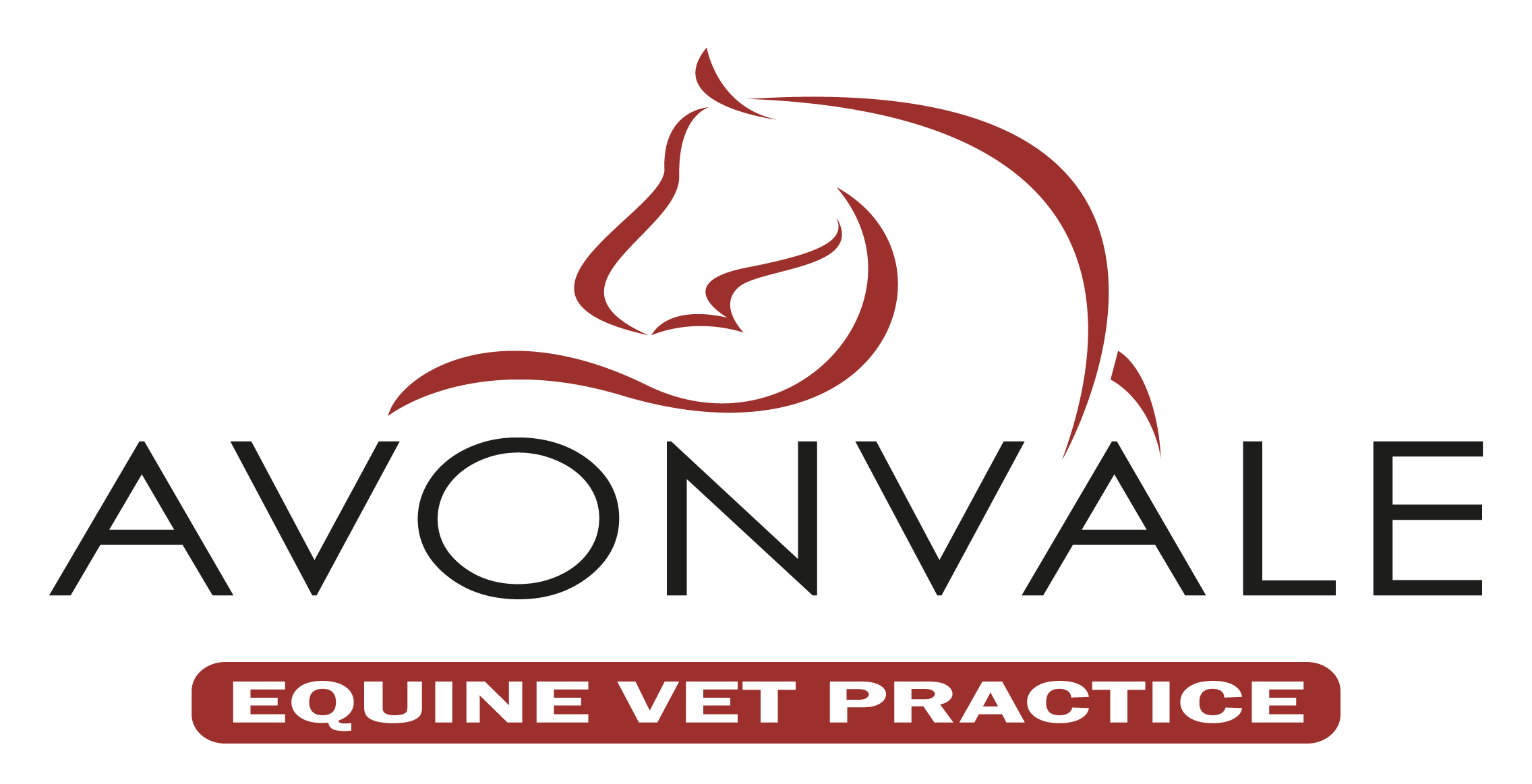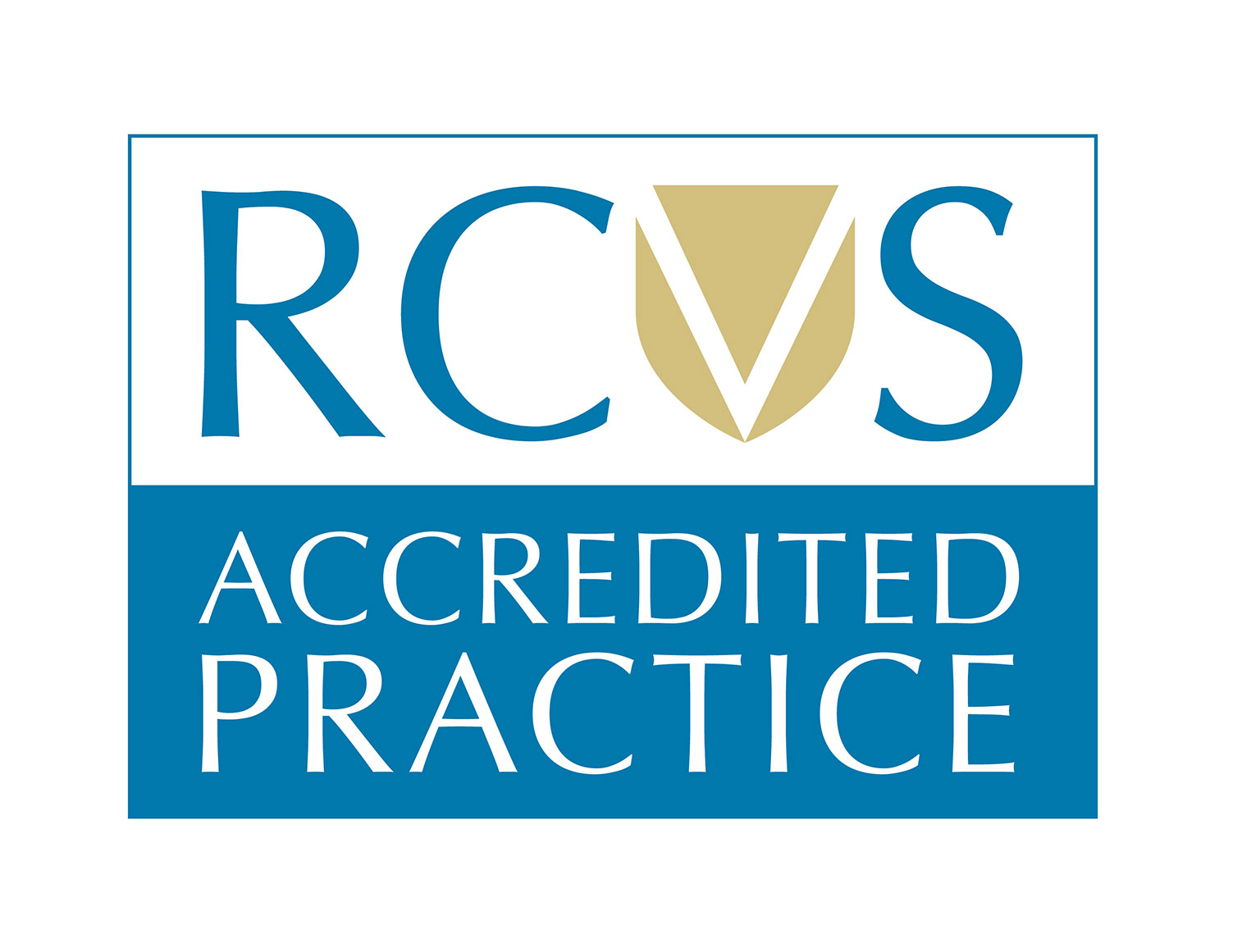When purchasing a young horse, whether for competition, leisure, or breeding, a pre-purchase examination (vetting) is one of the most valuable steps you can take. While it may be tempting to assume that a young horse is "low risk" due to its age, underlying health issues and developmental abnormalities can still be present. A thorough vetting can help you make an informed decision and potentially save you from unexpected costs and heartache down the line.
What Does a Pre-Purchase Examination Involve?
In an ideal world, a full vetting consists of the following stages:
- Static examination: A detailed assessment of the horse at rest, including a check of the eyes, heart, and overall conformation
- Dynamic examination: A detailed assessment of the horse at rest, including a check of the eyes, heart, and overall conformation
- Lunging (ideally on hard ground): Evaluating movement to identify subtle lameness or abnormalities
- Ridden assessment: If the horse is backed, a ridden evaluation helps assess soundness and movement under saddle
- Final trot up following a rest period: Ensuring there are no signs of emerging issues following exercise
What if the Horse is Unbacked?
If we are vetting unbacked horses, then obviously a ridden assessment cannot be carried out, but a period of vigorous lunge exercise can be substituted if the horse is broken to lunge.
What if the Horse is Not Broken to Lunge?
If we are vetting a horse that has not been broken to lunge and is relatively unhandled then the examination is more limited, but still valuable.
Key areas that can be assessed include:
- Eyes
- Ascultation of the heart
- Palpation of limbs
- Gait assessment - as far as the horse’s training and handling allow, an evaluation of movement will be performed
The Importance of Radiographs in Vetting Young Horses
We often recommend radiographs at pre purchase vettings in general, but they are particularly useful in young horses, especially when a thorough dynamic and ridden assessment are not possible.
Young horses can suffer with various developmental abnormalities within their joints, which can be detected radiographically. Young horses usually need sedation to facilitate a full radiographic survey, but this can easily be achieved on most yards.
We would recommend radiographing the following areas:
- Front feet
- All four fetlocks
- Hocks
- Stifles
- Back
- In some instances, carpal and neck radiographs can be useful
These photos show examples of development joint disease (OCD) in young horses (images from Facebook post will be included in the published post)


5 Stage Vetting With Avonvale Equine Vet Practice
Buying a young horse is exciting. However, as when purchasing any horse, it comes with inherent risks. A thorough pre-purchase examination, tailored to the horse’s level of training and handling, provides valuable insights into their health and future potential. If you're considering purchasing a young horse, we highly recommend discussing your options with our experienced equine vets to determine the most suitable vetting process for your situation.
As well as our comprehensive 5 stage vetting process, we also offer 2 stage vettings where these are an appropriate option.
Please get in touch to discuss pre-purchase examination and radiography with one of our experienced vets on 01295 670 501










